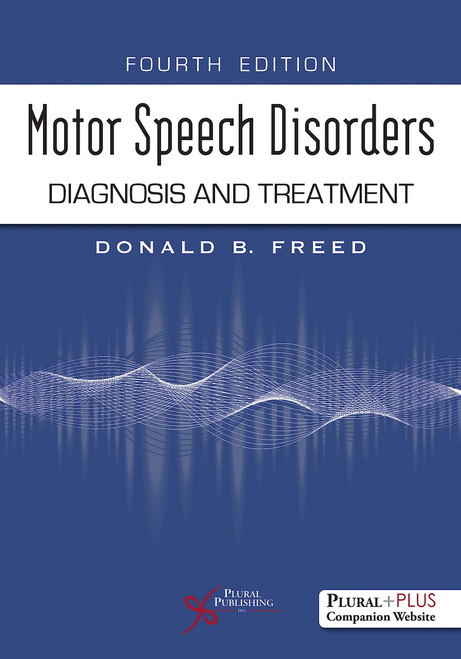Reflecting the tremendous progress in the study of personality disorders, this authoritative work examines the background, influences on, and evolution of DSM-IV classification and offers critical analyses of each personality disorder diagnosis. A thorough assessment of both the achievements and limitations of DSM-IV, the book is clearly written and organized for optimal accessibility.
Part I lays the groundwork for subsequent sections by surveying the history of personality disorders classification and examining the influences and compromises that were required to formulate the system. An insightful European perspective on the contemporary significance of DSM-IV reflects a more critical evaluation.
Chapters in Part II review the literature on the ten DSM-IV personality disorders diagnoses, offering a unique look at the approach used to define each diagnosis and the factors that influenced the selection of diagnostic criteria. Also included are critical commentaries on each diagnosis by recognized experts who were not part of the DSM-IV Work Group. Presenting valuable insights into the strengths and weaknesses of the DSM-IV classification, these commentaries also highlight central problems that remain unsolved.
The diagnostic concepts that have been proposed but not included in DSM-IV are covered in Part III, which examines the reasons particular diagnoses were included or omitted. The limitations of the DSM classification system are illuminated in Part IV where chapters consider controversial issues and alternative approaches.
Based in part on reports from the DSM-IV Personality Disorders Work Group previously published in the Journal of Personality Disorders, this volume provides a detailed update for psychiatric clinicians, clinical psychologists, researchers, residents, educators, and students, as well as an important account of the current state of the classification of personality disorder. By identifying and exploring key issues it sets the stage for the empirical and conceptual work required to build the foundation for a valid classification of disordered personality.
Part I lays the groundwork for subsequent sections by surveying the history of personality disorders classification and examining the influences and compromises that were required to formulate the system. An insightful European perspective on the contemporary significance of DSM-IV reflects a more critical evaluation.
Chapters in Part II review the literature on the ten DSM-IV personality disorders diagnoses, offering a unique look at the approach used to define each diagnosis and the factors that influenced the selection of diagnostic criteria. Also included are critical commentaries on each diagnosis by recognized experts who were not part of the DSM-IV Work Group. Presenting valuable insights into the strengths and weaknesses of the DSM-IV classification, these commentaries also highlight central problems that remain unsolved.
The diagnostic concepts that have been proposed but not included in DSM-IV are covered in Part III, which examines the reasons particular diagnoses were included or omitted. The limitations of the DSM classification system are illuminated in Part IV where chapters consider controversial issues and alternative approaches.
Based in part on reports from the DSM-IV Personality Disorders Work Group previously published in the Journal of Personality Disorders, this volume provides a detailed update for psychiatric clinicians, clinical psychologists, researchers, residents, educators, and students, as well as an important account of the current state of the classification of personality disorder. By identifying and exploring key issues it sets the stage for the empirical and conceptual work required to build the foundation for a valid classification of disordered personality.










